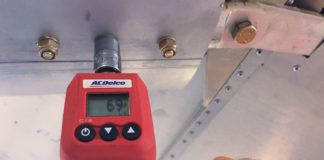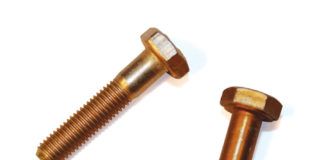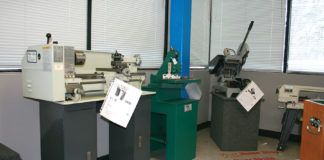
Turbo-Compound & More
There was a turbocharger for motorcycles that had a variable-stator turbine. With the variable nozzles formed by the stator blades, it was possible to widen the specific range of the turbine wheel over a greater range of exhaust flows. Something like this would be excellent for the role of extracting power from the exhaust to put back in the engine crankshaft. Maybe we could tear some of these people away from their search for over-unity motor systems (perpetual motion) and instead get them to apply their ingenuity to this proven concept!
On another note: An article in the August issue [AeroLectrics: More illumination on LED pilot lights] shows how to place an LED across a circuit breaker, which will light up if the CB is open. I have been using LEDs for this purpose on my Lancair since its completion in 2001, but with a revision. The circuit as presented will show the presence of an open CB only if there is a load connected to it. So to keep from being taken by surprise when you operate a circuit that is normally open, such as a flap motor or nav lights, here is a revision to the circuit that requires only the addition of a small-signal diode such as a 1N914 or equivalent. The positive (anode) end of the LED is connected to the plus side of the circuit breaker and the negative (cathode) end to the chosen current-limiting resistor as described in the article. However, instead of attaching the opposite end of the resistor to the load side of the CB, it is connected to the circuit return (ground). The signal diode is connected with its anode to the load side of the CB, and its cathode end (usually indicated with a line around the diode body at that end) is connected to the junction of the LED and the resistor. When the CB is closed, the diode will conduct through the resistor, raising the negative end of the LED to within 0.65V of the positive end. This gives less voltage than the typical 1.9 to 2.1 for the R, Y or G LED required to light it, keeping it off. With the CB open, the signal diode will be off, and the current path will be from the LED through the resistor to ground, causing it to light up. Simple, no?
Paul Lipps
One more word about turbo-compound engines. Detroit Diesels latest engine is a compound diesel. The DD15 is warranted for 5 years/500,000 miles. This shows that with modern materials and engineering you can get longevity and performance.
Pat Glazier
AD and SBs, Revisited
It was surprising to read [Engine Beat: Do you or don’t you? Those pesky ADs, September 2009] that virtually equal status was given to whether or not ADs apply to Experimental/Amateur-Built aircraft. The author states that the FAA Office of Legal Counsel for the Aircraft Certification Service Engine and Propeller Directorate clearly states that specific ADs for certificated equipment are very much applicable.
He then quotes the EAA taking the position that as Experimental Aircraft, ADs do not apply. As a longtime Designated Airworthiness Representative with Function Codes 46 and 47 (Amateur-Built and LSA), I have insisted that builders comply strictly with the FAA requirements and that they have carefully noted compliance in their application papers. Although EAA has for a long time been of much assistance to individual builders, the FAA compliance on these items must take precedence over any other outside opinions.
Bob Hayos













